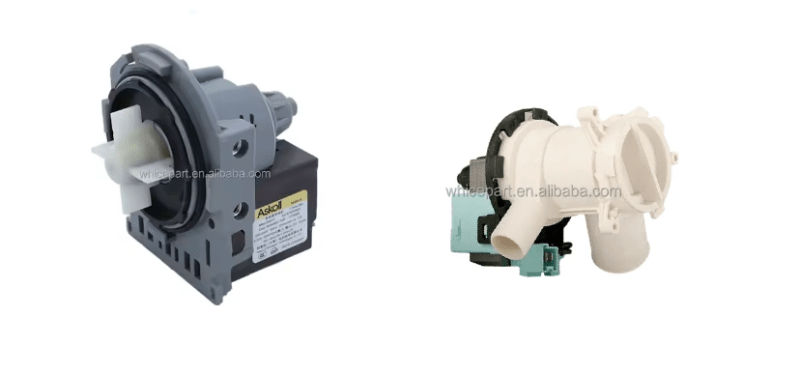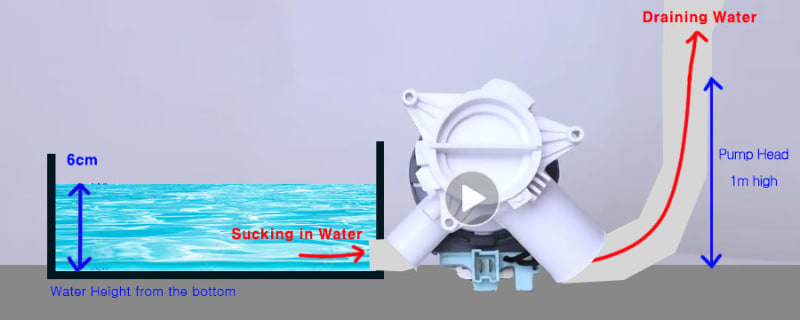I'm currently developing a home appliance and need some your help selecting a pump, so I'm posting on this forum.
The attached photos show drain pumps used in washing machines from brands like Samsung and LG. and the photo next to it is the pump connected to the housing.
1. Do these kinds of pumps have self-priming capabilities? As we all know, washing machines typically allow water to flow down to the pump by gravity.
However, the machine I'm designing doesn't have water flowing down by gravity, so I need a pump that can draw water in with some suction power.
Do these types of pumps have self-priming abilities? The second photo is a simple sketch of the situation for the appliance I'm developing.


The attached photos show drain pumps used in washing machines from brands like Samsung and LG. and the photo next to it is the pump connected to the housing.
1. Do these kinds of pumps have self-priming capabilities? As we all know, washing machines typically allow water to flow down to the pump by gravity.
However, the machine I'm designing doesn't have water flowing down by gravity, so I need a pump that can draw water in with some suction power.
Do these types of pumps have self-priming abilities? The second photo is a simple sketch of the situation for the appliance I'm developing.


